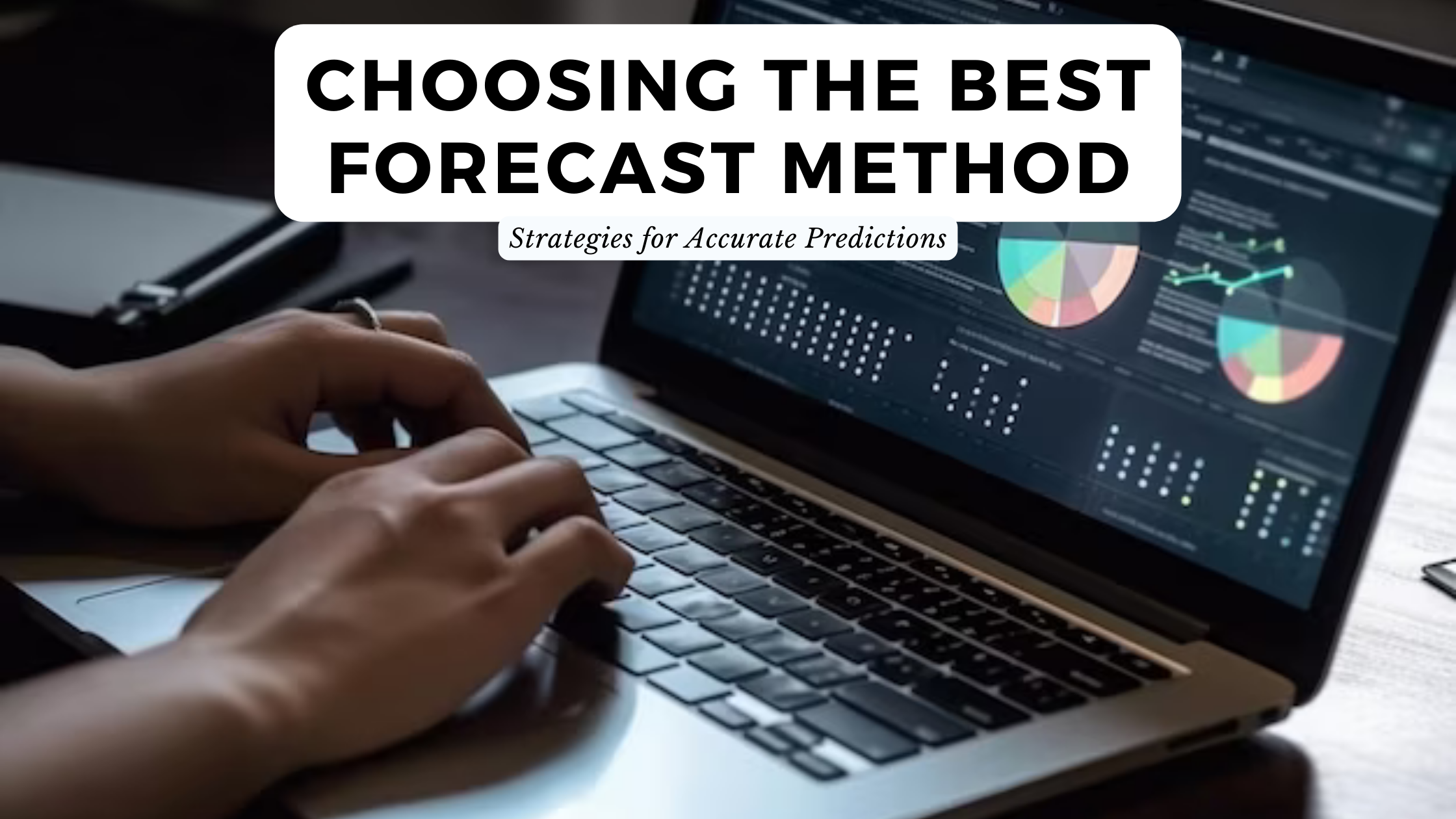Choosing the Best Forecast Method: Strategies for Accurate Predictions


Choosing the Best Forecast Method: Strategies for Accurate Predictions
In the dynamic landscape of business, accurate forecasting is crucial for informed decision-making. The right forecast method can mean the difference between staying ahead of the curve and falling behind. This guide explores strategies for choosing the best forecast method and introduces relevant SaaS products that can streamline your forecasting processes.
How do I choose the best forecast method?
1. Historical Data Analysis: Learning from the Past
A robust forecast method starts with a thorough analysis of historical data. Tools like Tableau empower users to visualize and interpret historical data patterns effectively. By understanding past trends, you can make informed predictions about future outcomes.
2. Machine Learning Integration: Harnessing AI for Accuracy
Integrating machine learning into your forecasting process enhances accuracy. Platforms such as ForecastX leverage advanced algorithms to analyze data patterns, automatically adapting to changing trends. Machine learning-driven forecasting provides real-time insights, crucial for industries with rapidly evolving markets.
3. Collaborative Forecasting: Leveraging Team Knowledge
Choosing a tool that supports collaborative forecasting is essential for businesses where multiple stakeholders contribute to the forecasting process. Anaplan is a prime example, offering a platform where teams can collaborate in real-time, ensuring a holistic and accurate forecast.
4. Scenario Analysis: Planning for Uncertainty
Opt for tools that facilitate scenario analysis, allowing you to model different scenarios based on various assumptions. Oracle Crystal Ball is designed for predictive modeling, enabling users to assess the impact of different variables on their forecasts. This is particularly valuable in industries susceptible to market fluctuations.
5. Integration with Business Intelligence: Seamless Data Flow
Ensure your forecast tool integrates seamlessly with your business intelligence systems. SAS Forecast Server offers robust integration capabilities, allowing for a continuous flow of data between your analytics and forecasting tools. This integration ensures that your forecasts are based on the most up-to-date information.
Conclusion: Navigating the Future with Confidence
Choosing the best forecast method involves a strategic evaluation of your business needs and the features offered by available tools. By considering historical data, integrating machine learning, embracing collaborative forecasting, conducting scenario analysis, and ensuring seamless integration, you can enhance the accuracy of your predictions and navigate the future with confidence.
Elevate your forecasting capabilities by exploring exclusive deals on a variety of forecasting tools at Subscribed.FYI. Sign up for free to access secret deals that can lead to substantial savings for your business.
Relevant SaaS Products:
Relevant Links:





